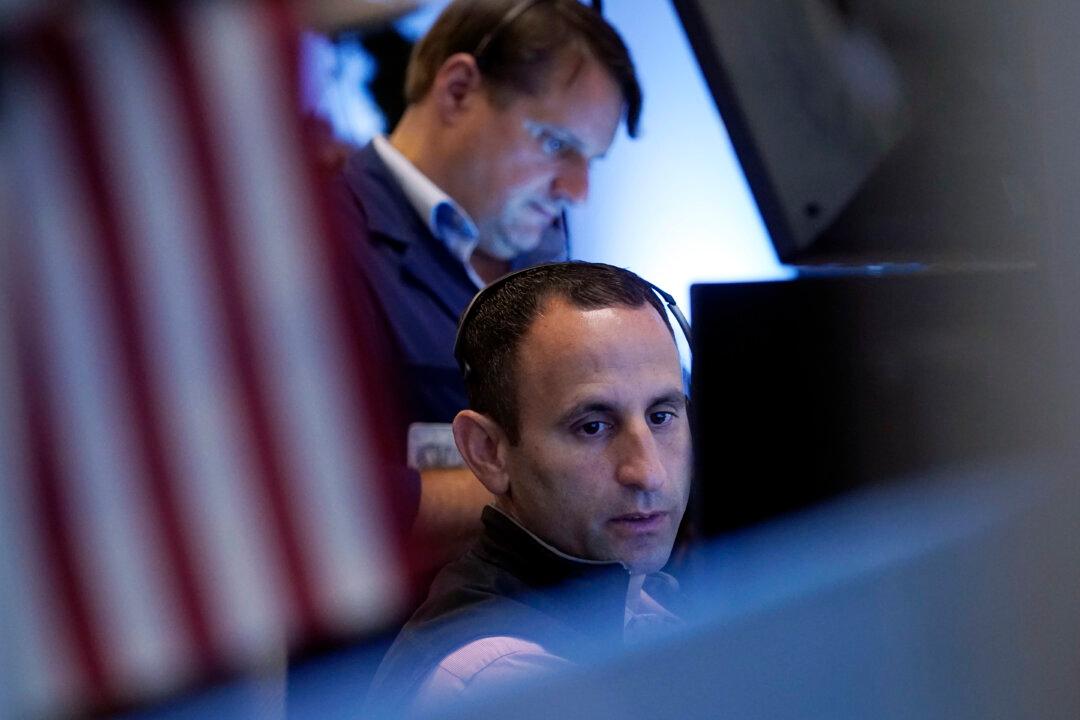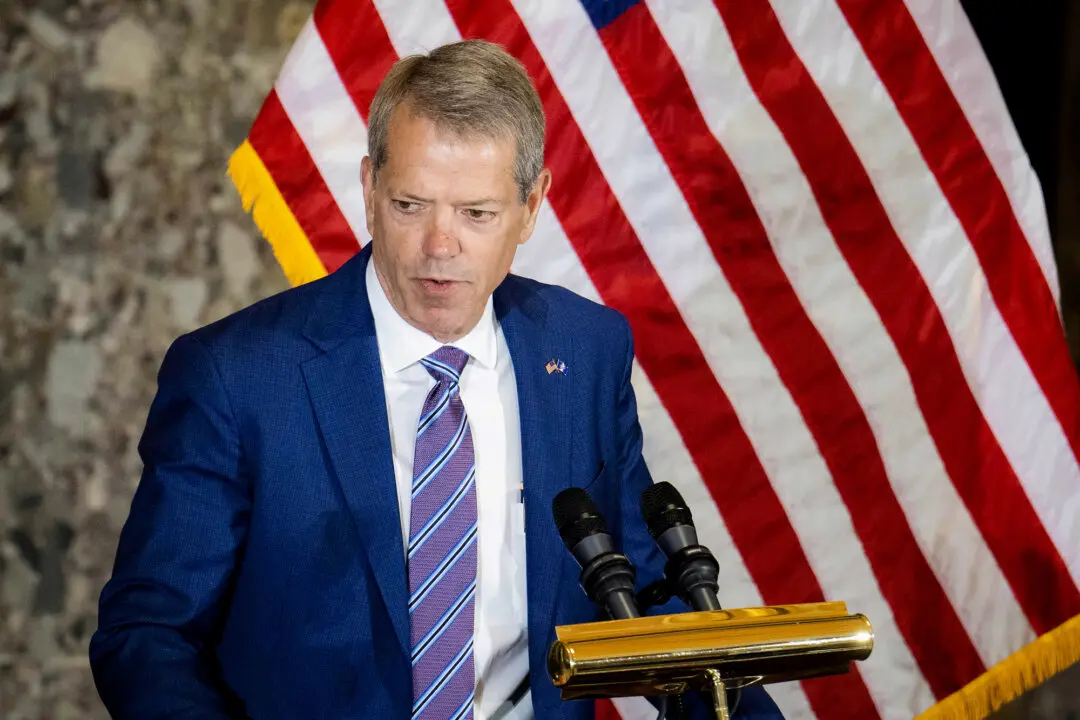The recessionary drums are beating louder as a key U.S. economic gauge from the Conference Board dropped for the 17th consecutive month, with a major factor being the Federal Reserve’s aggressive rate hikes.
The Leading Economic Index (LEI), which is a forward-looking gauge that includes 10 individual indicators, fell by 0.4 percent in August, the Conference Board said on Sept. 21. The latest reading brings the total six-month drop to 3.9 percent in the LEI measure, which is designed to predict business cycle shifts, including recessions.





